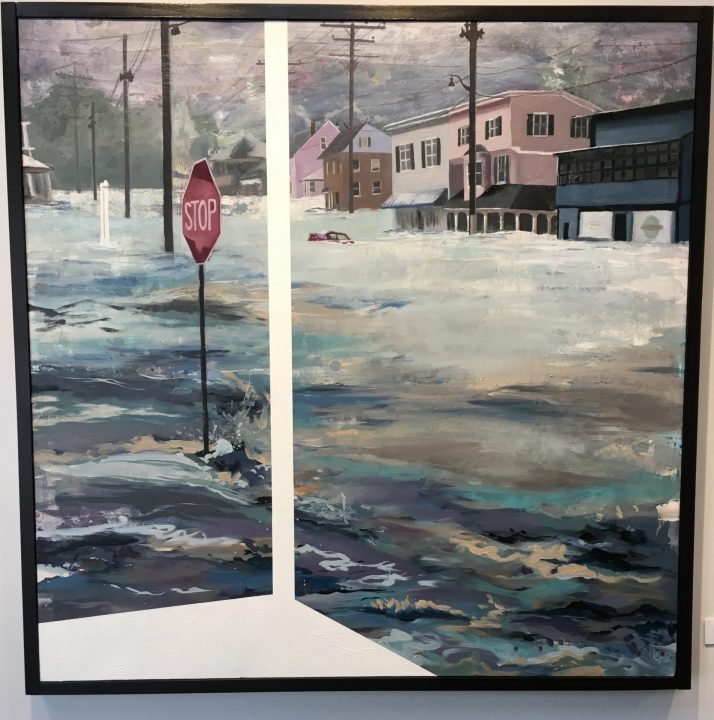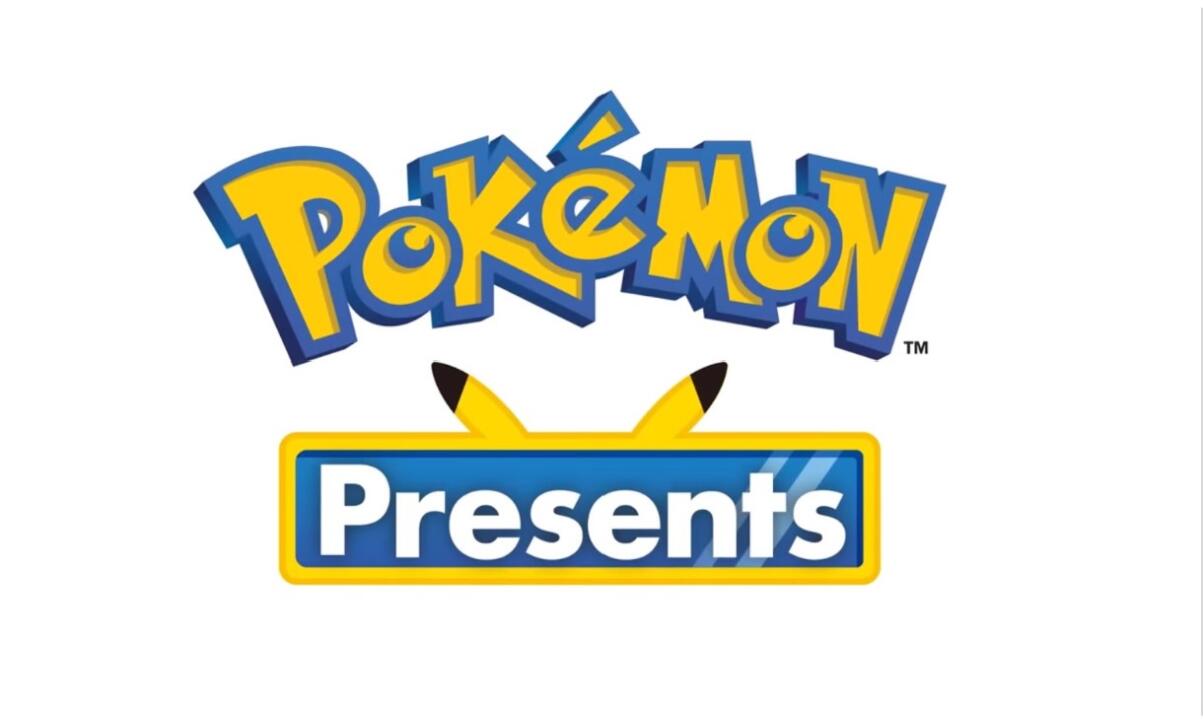On Mainstreet Ellicott City, tucked away in a tiny corner next to Taylor’s Collective, is the Artists’ Gallery. The Artists’ Gallery showcases local artists’ work and helps them promote their pieces to the community.
In the gallery, one can expect to find a variety of media from oils to ceramics, woodcuts to photographs and everything in between. Currently on exhibition until March 24 is Leah Lewman’s “Fire and Flood” collection.
Lewman’s inspiration comes from the severe flooding during 2016 and 2018 of Historic Ellicott City. In her artist statement, Lewman writes, “The earth is constantly changing. With the toll that humans are taking on the planet, nature seems to be defending itself with geological extremes—fire and water.”
The entire breadth of “Fire and Flood” presents eerie images of towns being destroyed by nature.
In Lewman’s piece “Whole Town Underwater,” an old-town street is being overwhelmed with water and, in the distance, a red car is being carried away by the current. Lewman writes, “Humanity has tried its best to create solid, unchanging cityscapes to safely house the growing population, but at a certain point, nature always seems to take back what is rightfully hers.”
In “Whole Town Underwater,” this human landscape is being washed away by nature. Water covers about two-thirds of the wood panel which represents how merciless nature is towards the landscapes built by humans. People find comfort in believing that their homes are permanent and that their structures are sound, but, in reality, everything humans build is only temporary. Nature dictates the lives of people.
Thus, human shelters are dependent on natural phenomena. Lewman’s pieces do not exclusively deal with flooding, they also depict the power of fire. Lewman writes, “But change isn’t only here [Ellicott City]—fires in California are erasing ever more of the human landscape than the water is here in our little town.”
Her piece “Burning House” depicts a crumbled house being destroyed by flames, with smoke drifting through the air and calm gray mountains standing in the distance. Lewman uses bright yellows and oranges for the fire and contrasts these warm colors with the cool, dreary gray colors of the house and background.
This contrast emphasizes the power of the fire and the dramatic lighting shows the strength of the flames. While the house is burning in the foreground, the mountains in the background lie unaffected and rest in a silent calmness.
A stream can constantly change its path and move in different directions, prairies can handle constant cycles of wildfires and still regrow—man-made buildings are unable to change their locations or resist natural phenomena.
Lewman’s pieces show the incompatibility between the man-made landscape and the natural landscape. As humans claim more of the natural world and reap its resources, nature retaliates with its own destruction. “Fire and Flood” helps viewers to remember the power of nature and the temporary nature of our own existence.


